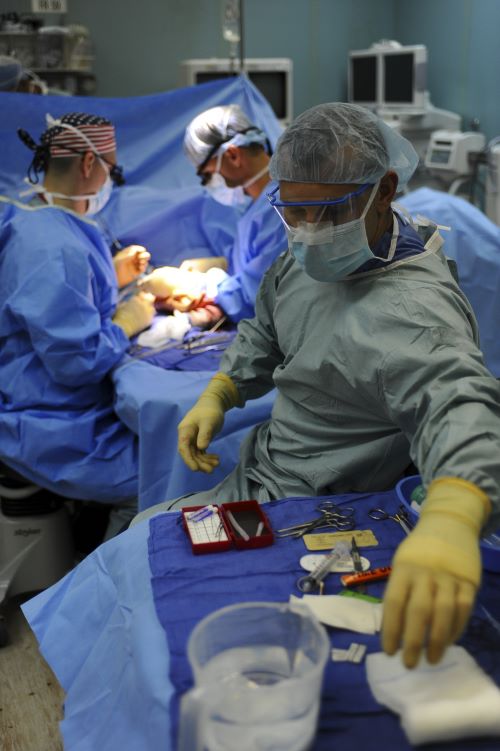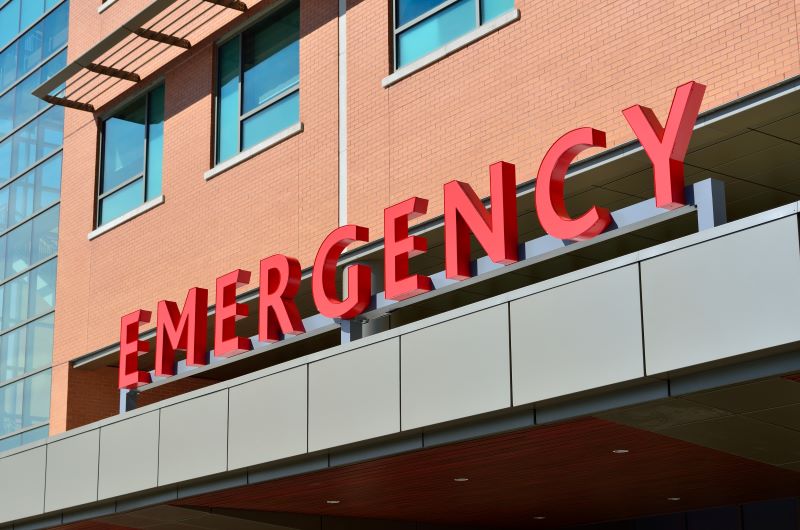Achieving hospital survey readiness is a crucial aspect of healthcare operations in today’s regulatory environment. Hospitals, clinics, and other healthcare facilities must comply with various regulatory requirements and accreditation standards to provide safe and effective patient care. Non-compliance can result in fines, legal action, and damage to reputation.
To achieve survey readiness, healthcare organizations must develop a comprehensive plan that addresses all aspects of compliance. This includes identifying regulatory requirements and accreditation standards, ensuring staff competency and training, conducting regular mock surveys and self-assessments, and continuously improving operations and patient outcomes. In this article, we will explore key strategies and tips for achieving survey readiness in the healthcare industry. By implementing these strategies effectively, healthcare organizations can ensure their compliance with regulations while providing high-quality patient care.

Understanding the Importance of Survey Readiness
Survey readiness can be compared to the foundation of a house, as it provides the necessary stability and structure for successful accreditation. In healthcare, survey readiness involves ensuring that all policies and procedures are up-to-date and aligned with industry standards, staff members are adequately trained on these standards, and patient care is delivered in a safe and effective manner. The importance of survey readiness cannot be overstated, as it ensures that healthcare organizations maintain compliance with regulatory bodies such as the Joint Commission or Centers for Medicare & Medicaid Services (CMS), avoid potential penalties or fines, improve patient outcomes, and enhance their reputation.
One of the main challenges in achieving survey readiness is maintaining compliance with changing regulations and standards. Healthcare organizations must keep up-to-date on any new regulations or changes to existing ones to ensure they remain compliant. Staff members must also be trained on these changes to ensure they understand how to incorporate them into their daily practices. Failure to do so can result in non-compliance findings during surveys which could lead to negative consequences such as reduced reimbursements from CMS or loss of accreditation status from accrediting bodies like the Joint Commission. It is therefore essential for healthcare organizations to establish a culture of continuous improvement focused on maintaining survey readiness through ongoing education and training.
Identifying Regulatory Requirements and Accreditation Standards
Identifying the relevant regulatory requirements and accreditation standards is imperative for organizations aiming to ensure compliance and maintain high-quality care. Regulatory compliance ensures that healthcare providers follow federal, state, and local laws governing healthcare practices. The accreditation process involves evaluating healthcare organizations against established performance standards or criteria.
Regulatory compliance includes adherence to various laws such as the Health Insurance Portability and Accountability Act (HIPAA), which sets privacy standards for patient health information; the Occupational Safety and Health Administration (OSHA), which establishes workplace safety regulations; and the Centers for Medicare & Medicaid Services (CMS), which sets policies for reimbursement of services. On the other hand, accreditation standards are developed by accrediting bodies such as The Joint Commission, National Committee for Quality Assurance (NCQA), or Healthcare Facilities Accreditation Program (HFAP). These organizations evaluate healthcare facilities based on quality measures, patient safety, leadership structure, staff competency, emergency management plans, and infection prevention protocols among others. Understanding these regulatory requirements and accreditation standards can help organizations prepare better for surveys and assessments while improving their overall quality of care.
Developing a Comprehensive Survey Readiness Plan
Developing a comprehensive plan for ensuring regulatory compliance and accreditation standards can be likened to constructing a sturdy building, where each component of the plan represents a brick or support beam that is essential for maintaining the overall integrity of the structure. To achieve survey readiness, it is important to create timelines and assign responsibilities for implementing each aspect of the plan. This ensures that all team members are aware of their roles in achieving compliance and that tasks are completed within specified timeframes.
In addition, evaluating and addressing gaps in current practices is crucial when developing a comprehensive survey readiness plan. This involves conducting a thorough assessment of existing policies, procedures, and protocols to identify areas that require improvement or revision to meet regulatory requirements and accreditation standards. Once these gaps have been identified, they must be addressed through targeted training sessions or process improvements to ensure that all staff members understand how to comply with applicable regulations and standards. By creating a detailed plan for achieving survey readiness through timelines, assigning responsibilities, evaluating current practices, and addressing gaps as necessary, organizations can build a strong foundation for maintaining compliance over time.
Ensuring Staff Competency and Training

Ensuring staff competency and providing comprehensive training are essential for maintaining regulatory compliance and accreditation standards in healthcare organizations. Effective training ensures that staff members understand their roles and responsibilities, as well as the policies and procedures required to provide high-quality care. Competency assessment helps identify areas where additional support or training may be needed, which can improve patient safety and reduce the risk of adverse events.
Effective training programs should be tailored to meet the needs of each staff member based on their role, experience level, and specific job requirements. Training should cover topics such as infection control protocols, medication administration, documentation practices, communication skills, and patient privacy laws. Competency assessments can be conducted through observation or written exams to evaluate staff members’ knowledge and skill levels in these areas. Regularly scheduled continuing education sessions can also help keep employees up-to-date with new regulations or best practices in healthcare. By prioritizing staff competency development through effective training programs and ongoing competency assessments, healthcare organizations can maintain high-quality care delivery while meeting regulatory compliance standards.
Conducting Regular Mock Surveys and Self-Assessments
Regular mock surveys and self-assessments are crucial for maintaining healthcare organizations’ regulatory compliance and accreditation standards. A study has found that hospitals that conducted regular mock surveys had higher accreditation scores than those that did not. Mock survey benefits include identifying potential deficiencies in the organization’s policies, procedures, and practices before an actual survey takes place. This allows the organization to correct any issues before they become a problem during an official survey. Self-assessment techniques can also be used to evaluate the effectiveness of staff training programs and identify areas where additional training may be necessary.
In addition to identifying areas for improvement, regular mock surveys and self-assessments can help build confidence among staff members by allowing them to practice their roles during an inspection scenario. This helps ensure that staff members are prepared for a real survey and have a better understanding of what is expected of them. By incorporating regular mock surveys and self-assessments into their accreditation preparation process, healthcare organizations can improve their chances of achieving survey readiness and maintaining high accreditation scores over time.
Continuously Improving Operations and Patient Outcomes

Improving operations and patient outcomes in healthcare organizations requires a continuous effort to enhance processes and services provided to patients. This involves identifying areas where efficiency can be improved, such as streamlining patient flow or reducing appointment wait times. One effective strategy is to involve staff at all levels in the improvement process, encouraging them to identify problems and suggest solutions. This not only improves buy-in from staff but also ensures that improvements are tailored to the specific needs of each department.
Another crucial aspect of improving operations and patient outcomes is enhancing communication between providers, patients, and their families. Effective communication can improve patient safety by ensuring that everyone involved in a patient’s care is on the same page regarding treatment plans, medication regimens, and follow-up care. This can be achieved through standardizing communication protocols across departments or using technology such as electronic health records (EHRs) that allow for real-time sharing of information among providers. By continuously striving to improve both efficiency and communication in healthcare organizations, providers can ensure they are delivering high-quality care that meets the needs of their patients while also meeting regulatory requirements for survey readiness.
Achieving hospital survey readiness requires a proactive approach and a commitment to ongoing compliance. By implementing key strategies such as regular staff training, mock surveys, and document compliance, hospitals can ensure they are prepared for inspections and maintain the highest standards of care for their patients.
